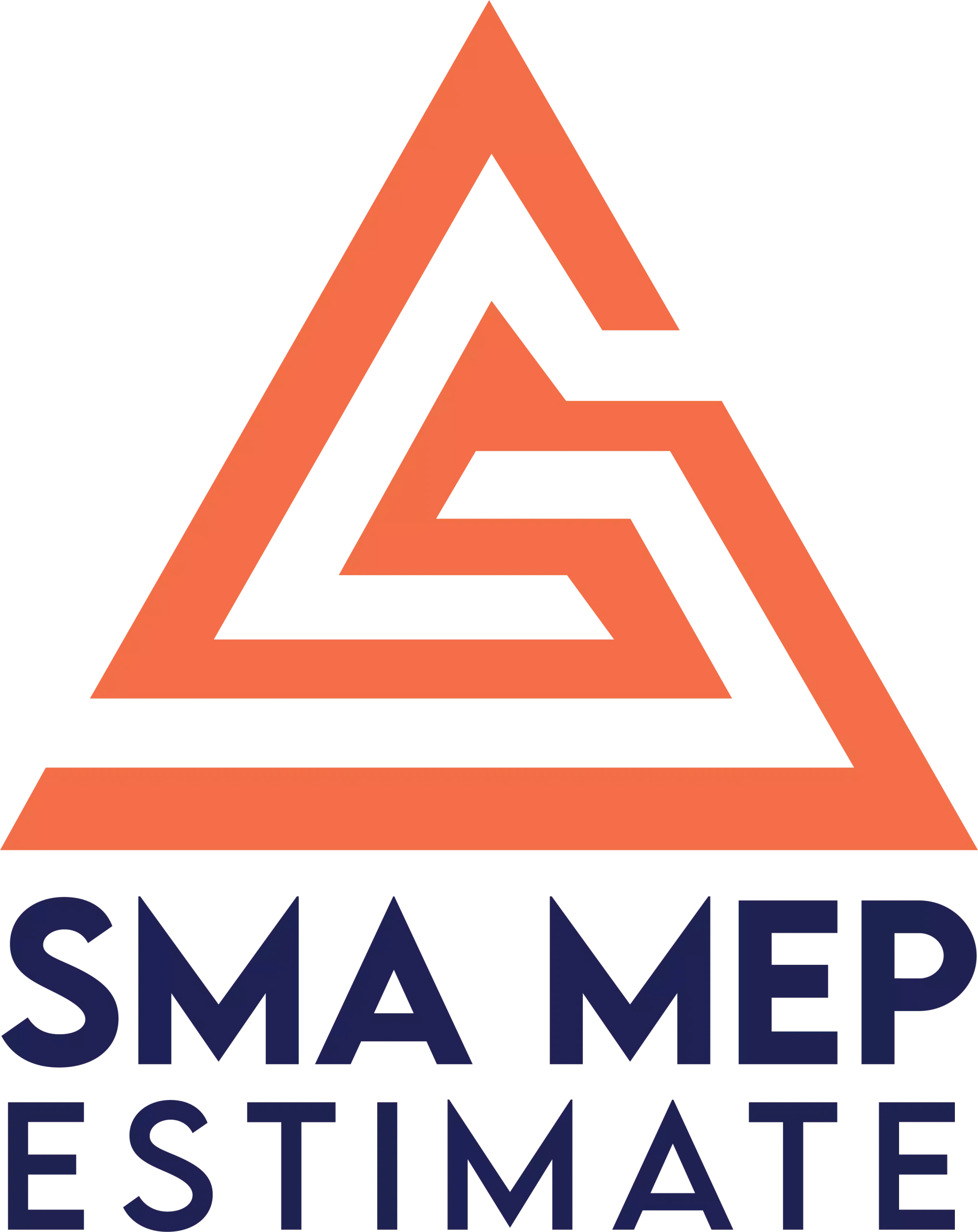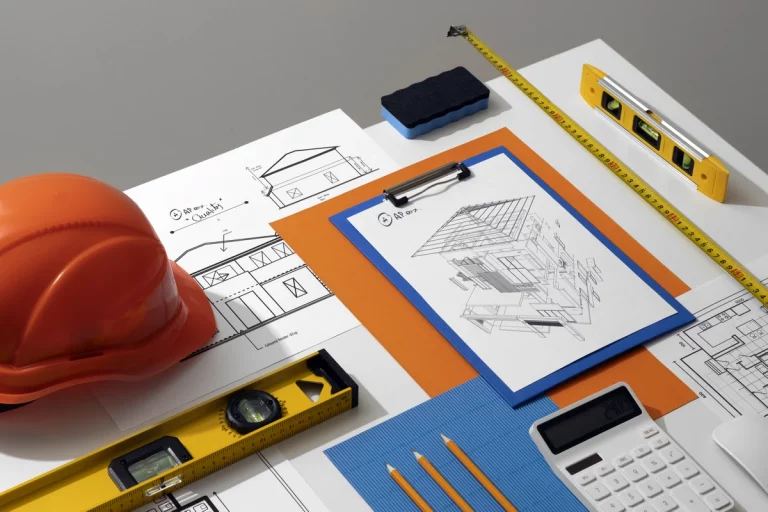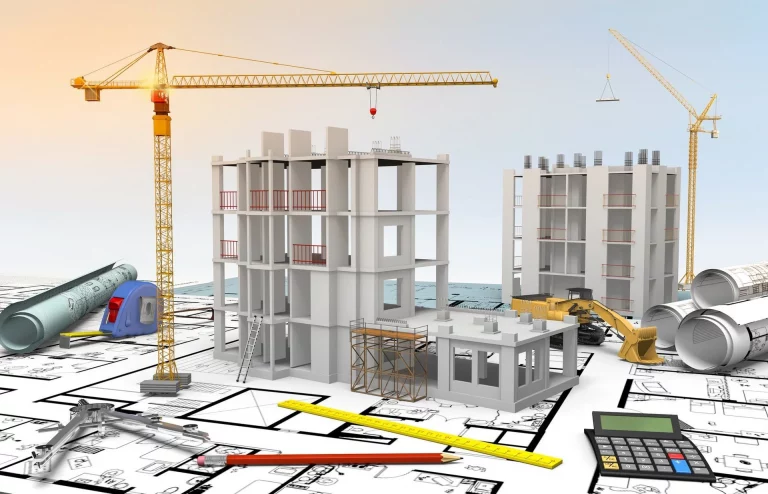Best Blueprint Takeoff Software: Choose What Fits Your Business
The ideal Blueprint Takeoff Software in construction is not just a metric, but a tool on which success depends. You may know how even a minor miscalculation can severely impact the budget you had set. Such an error will not only take a full toll on your finances, but it could also cause you to fall behind the agreed-upon completion date. Construction is a field in which surprises cannot be avoided. Even so, if your finances are in control, then dealing with any sort of surprise becomes a walk in the park.
This software is designed to prevent any of this from happening and provides you with an assurance that the costs are effectively applied and managed. How efficiently this software works cannot be overstated.
Contractors across the U.S. rely on digital takeoff tools not only for quantities but also for standardized reporting, audit accuracy, and error-free estimating compliance. If you’d prefer to save time and ensure your estimates are handled by industry experts, explore our detailed blueprint estimating services.
LEARN HOW A DIGITAL TAKEOFF SOFTWARE ALIGNS WITH THE DEMANDS OF PROFESSIONALS!
Blueprint Takeoff Software – A Must-Have Necessity in Construction
We all know that in the past, professionals used physical plans, rulers, and whatnot. This process was not only exhaustive, but it was also slow and prone to errors. Furthermore, a single mistake would often take the team right back to the beginning of the process.
With the advent of modern takeoff software, all of this is avoided. The shift towards such software is because they can:
- Take measurements in just a matter of seconds.
- Provide you with the most accurate quantity estimates for each resource.
- Assure coordination at every step of the way, as different teams will be getting the information from the same blueprint.
- Lead to high cost savings by providing you with the exact dimensions.
- Reduce rework by catching early dimensional conflicts before bidding.
Features to Look Out For!
Well, you do not want a tool that just measures lines and yields simple calculations. You definitely want an Affordable Blueprint Takeoff Software that aids the overall workflow of your construction project. For your ease, we have listed some practically ideal features to look out for in a software. They are as follows:
Smart scaling and measuring
Eliminate the guessing game, and choose a software that can automatically decipher and read scales from your blueprints. This means that the software must be capable of directly obtaining measurements from the construction plans. Modern tools now support scale detection on mixed PDFs, a feature competitors heavily advertise nowadays.
Construction task layers
Choose the software that prevents tasks from piling up. Ideally, a software must be able to classify different construction tasks. In this way, you can focus on a particular task rather than juggling multiple tasks at once. This also helps estimators maintain clear audit records, which is becoming a standard requirement in the latest project compliance.
Cloud Storage
You cannot be present 24/7 on the construction site. However, that does not mean you cannot oversee the process. By choosing a cloud-based software, you can view the progress of a construction process anywhere, anytime. Cloud syncing also ensures version control, which reduces the common estimating issue of using outdated plan sets.
Leading Software for Your Blueprint Takeoff Services
Because technology keeps evolving, each software comes with its own features designed to improve accuracy during the blueprint takeoff process
Below, we have listed the leading software that is constantly transforming cost estimation in construction. They are as follows:
On-Screen Takeoff
This software is the go-to choice for professionals. Its user-friendly interface consists of robust tools that make the whole takeoff process streamlined. Another notable thing about this software is that it allows professionals to work directly on the construction site.
Regarding this Blueprint Takeoff Software’s pricing, it depends on the licensing options and your construction needs. Numerically, it is somewhere around $2,999 per year. Current 2025 pricing has shifted for some users due to cloud-based add-on services offered by ConstructConnect, so contractors must confirm up-to-date packages before subscribing.
Pros of On-Screen Takeoff
- Automated Count directly from the blueprints.
- Artificial Intelligence–powered takeoff services.
- Increased speed and accuracy.
- Integrates smoothly with a construction project’s workflow.
Features of On-Screen Takeoff
- 2D and 3D takeoff services.
- Assembly takeoff can also be done.
- Managing construction documents.
- Helps in a project’s planning and scheduling.
- Supports estimating templates that speed up repeated bid structures.
PlanSwift
This software is considered a handy blueprint takeoff tool for contractors in construction. This is because this tool offers a huge pre-built library of numerous templates. This allows contractors to use one that fits their particular construction project.
PlanSwift’s cost per year is around $2,000. Most users pay $1,999–$2,199 annually depending on plug-ins added, according to industry competitors. This software provides a subscription-based service with a free trial period.
Benefits of PlanSwift
- Significantly reduces bid preparation time.
- Eradicates errors by providing outstanding measurement calculation.
- Easily integrates with other tools, thus enhancing the construction productivity.
PlanSwift Traits:
- Quantity takeoff along with construction management.
- On top of takeoff, it also possesses the trait of material’s billing.
- It provides a clear audit trail by tracking quantities.
- Supports customizable formulas, which is a key selling point against newer AI-based tools.
Bluebeam Revu
If you are an estimating firm working on multiple projects, then this takeoff software is the right choice. Bluebeam Revu is taken as an advanced collaboration tool that can efficiently manage all construction-related documents. In other words, it is known for handling large amounts of data without making a mess.
The cost of this takeoff software is divided into three categories. This makes this software an optimal choice when a Takeoff Estimator is working on a budget. The categories are as follows:
- Basic version cost is around $325 per year.
- The cost of the core version is around $479 per year.
- The cost of the complete version of Bluebeam software is $599.
Bluebeam switched to Revu 21 subscription tiers, and pricing may vary slightly, especially for enterprise users.
Advantages of Bluebeam
- It greatly contributes to real-time collaboration among construction professionals.
- It centralizes the construction documentation control.
- It elevates construction productivity by streamlining everyday tasks.
- Offers markup tracking that simplifies contractor review meetings.
Characteristics of Bluebeam
- Document management and customization.
- Automate tasks by linking documents.
- Detect tracking in construction cost estimates.
Industry leaders like the U.S. General Services Administration (GSA) recommend adopting digital project documentation systems to prevent cost overruns and enhance accountability.
WANT TO KNOW WHICH TAKEOFF SOFTWARE IS THE RIGHT ONE FOR YOU? GET THE ANSWER BY READING THIS ARTICLE!
In Closing
Deciding whether a Blueprint Takeoff Software is the best option is more than just the features it offers and the price. You have to evaluate how efficiently the software can fit in with your project. Building on this, other than providing precise estimates and calculations, a software must also act as a medium of communication. This is because communication is the key to getting results that are timely and within budget. So, do due diligence and choose wisely by reading this detailed article. And as the industry moves further into AI-assisted estimating, selecting a tool that adapts to new updates is more important than ever.







